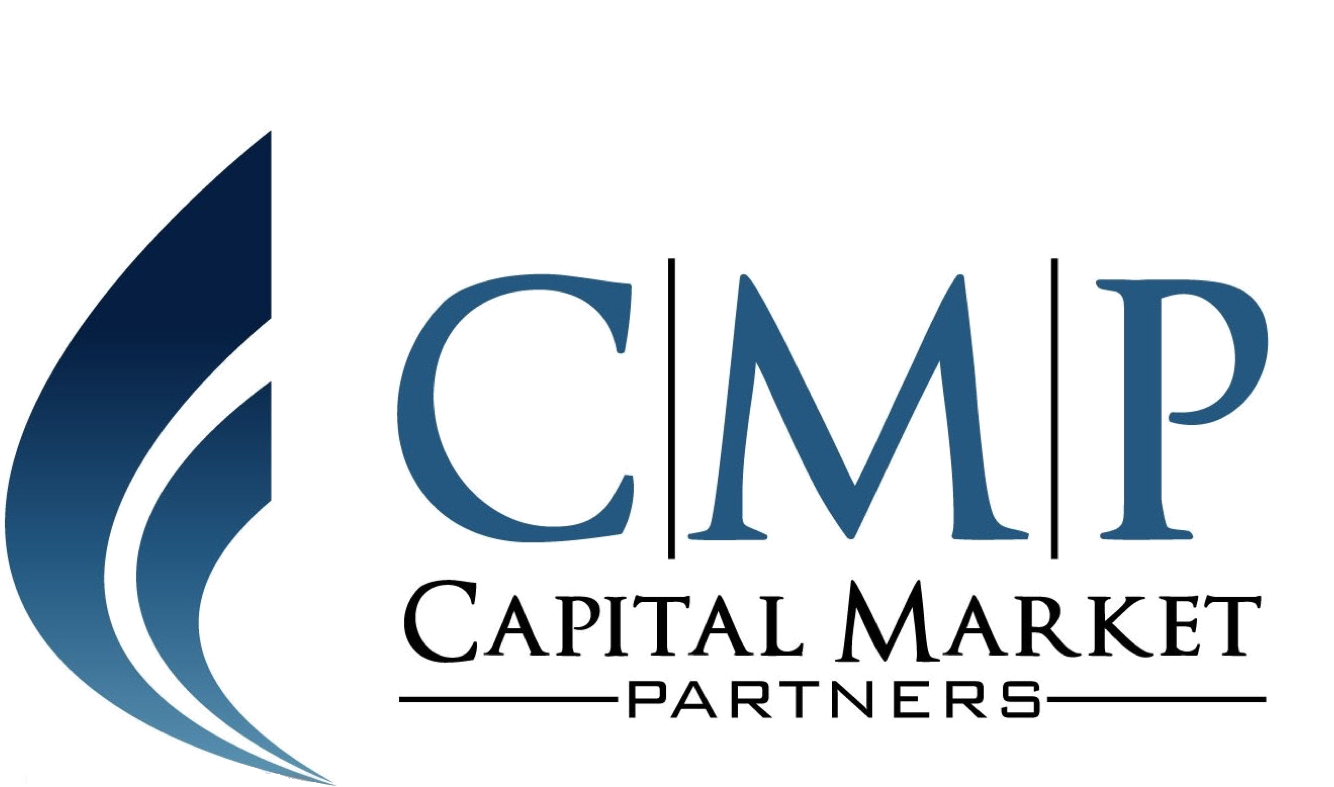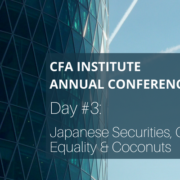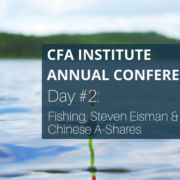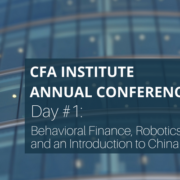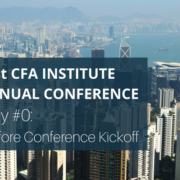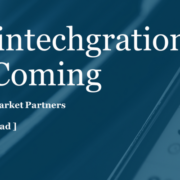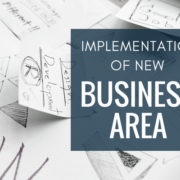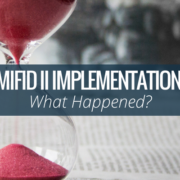CFA: Day #3 – The Girl with the Graphs and the Chinese Coconut
Until now, day three has been the best, and for surprising reasons. There was a FinTech session, but it was quite disappointing, even though I have a great interest in FinTech. A presentation on Japan, an unwillingly comic corporate presentation from Hong Kong Exchanges and Clearing(HKEX) and a really brilliant presentation on ‘Illusion of control’ saved the day
